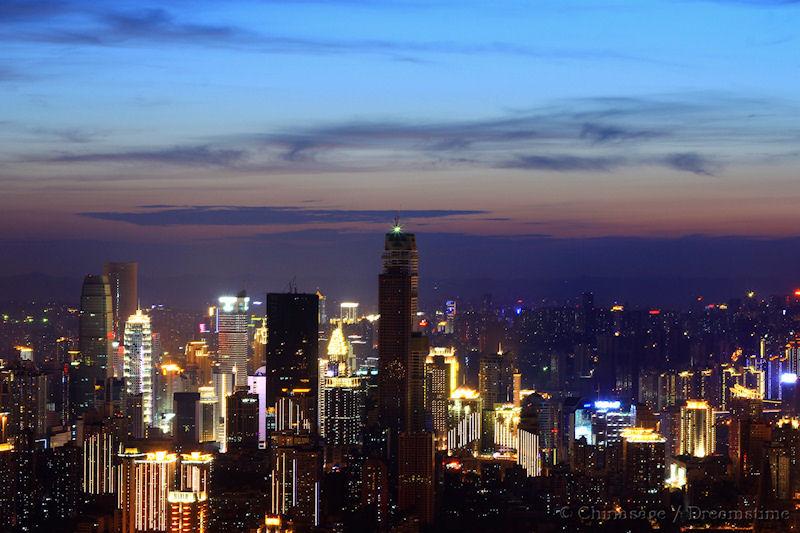Modern Chinese History
The Peoples of China China although predominately populated with the Han Chinese , has over 100 million people identified as belonging to other ethnic minorities. However these people are concentrated in the less densely populated 'fringes' of China so may form the majority in some regions. Read more…
4th May 1919 The Chinese reaction to the Versailles Treaty was the major turning point in modern Chinese history. Widespread student protests throughout the country led to a change in government policy and a refusal to sign the treaty. It was a nationalist movement calling for solidarity against foreign exploitation that was eventually to lead to a militarized Guomindang as well as the foundation of the Chinese Communist Party. Read more…
Superpower China An in-depth overview of the position of China in the world and its likely future. Is China on track to become the leading world super-power as it once was? For thousands of years China was by any measure the top nation on Earth, and so it seems natural that after 150 years of turmoil China will become the leading country again. We speculate on what this might mean to China and the rest of the world. Read more…
The Long March The epic tale of the struggle of thousands of soldiers over thousands of miles of challenging terrain has been held up as the chief heroic episode in the early days of the Communist party. It was during the Long March that Mao Zedong emerged as leader with his own vision for the future of China. Read more…
Proverb
雪 上 加霜
Add frost to snow
To add to misfortunes unnecessarily.
Roughly equivalent to: Add insult to injury.
All about Chinese proverbs
Philippines and China The Philippines represent the most distant of China's neighbors across the South China Sea . Extensive trade over the centuries and the Spanish and then US occupation has its legacy in relations with mainland China. Read more…
Beijing Read all about Beijing the historic and bustling capital city of China. Our description includes a detailed map of the central area and travel guides to all the important attractions: Forbidden City; Summer Palace; Temple of Heaven; Beihai Park; Ming Tombs and Tiananmen Square . Read more…
The early history of China from pre-history to 770BCE Most of the ancient traditions of China had become established 3,000 years ago. The institution of Emperor, the written scripts and the key technologies (including silk) all come from China's distant past. The longevity and continuity of Chinese culture are the two key principles to understanding China - even today. Read more…
Imperial officials The prized job in dynastic China was as an Imperial official. As well as prosperity and a life of relative leisure an official received respect from the community. As anyone who passed the Imperial examinations could hope for such an appointment the posts were potentially open to all men. Read more…
The Republic of China 1912-1949 The years 1912-49 marked the difficult transition from centuries of Imperial dynastic rule to that of a Republic. Sun Yatsen's dream of a democratic Republic was never achieved amidst the turmoil of the Japanese Occupation and then the Civil War with the Communists. Read more…
Mountainous Tibet The mountainous province of Tibet forms the highest possible land border between India and China. On the border with Nepal is the world's highest mountain: Mount Everest (or Qomolangma). Tibet's unique culture is a key attraction to visitors. Read more…
A survey of Chinese literature As both the book and printing were invented in China it is not surprising that Chinese literature has a long and distinguished history. There are a number of very famous novels from before the time of Shakespeare including The Romance of the Three Kingdoms and The Water Margin. Read more…
The illustrious Ming dynasty The most famous Chinese dynasty is the Ming dynasty . China emerged from the Mongol conquest to become pre-eminent nation, with the greatest wealth, population and foreign trade of any nation. It was during the Ming dynasty that China achieved many accomplishments: a vast fleet sailed the seas and made many discoveries and an encyclopedia of all knowledge was distilled into 11,000 chapters. Read more…
